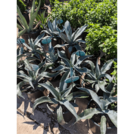
Students will use their knowledge of summarizing data sets with multiple categories using a dot plot.
- Subject:
- Mathematics
- Material Type:
- Lesson Plan
- Author:
- Out Teach
- Date Added:
- 07/22/2021
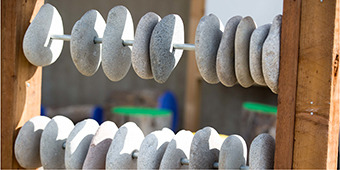

Students will use their knowledge of summarizing data sets with multiple categories using a dot plot.
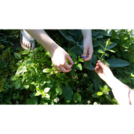
Students estimate the numbers of objects in situations in which counting is not feasible or necessary.
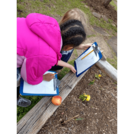
Students will use their knowledge or availability and scarcity to determine income and earnings.
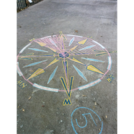
STUDENT ACTIVITY -- 5th -- NC/TXThis is a distance-learning lesson students can complete at home.The student will use their knowledge of operations (addition and subtraction) of fractions with unequal denominators to solve real world problems.This activity was created by Out Teach (out-teach.org), a nonprofit providing outdoor experiential learning to transform Science education for students in under-served communities.
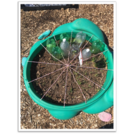
Students will be able to describe the shares using the words halves and fourths. They'll be able to describe the whole as two of, or four of the shares.
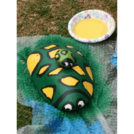
Students will use their knowledge of fractions to divide whole numbers.
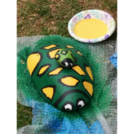
Students will use their knowledge of fractions to divide whole numbers
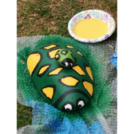
STUDENT ACTIVITY - 5th - TX/NCThis is a distance- learning lesson students can complete at home. Students will use their knowledge of fractions to divide whole numbersThis activity was created by Out Teach (out-teach.org), a nonprofit providing outdoor experiential learning to transform Science education for students in under-served communities.
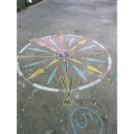
Students will use their knowledge of operations (addition and subtraction) of fractions with unequal denominators to solve real world problems.
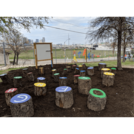
Students will use their knowledge of geometric shapes to find real world examples outdoors.
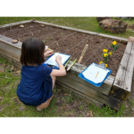
STUDENT ACTIVITY - 3rd - GA/TXThis is a distance-learning lesson students can complete at home. Students will measure plants and create bar graphs to compare data to actual mature plant heights.This activity was created by Out Teach (out-teach.org), a nonprofit providing outdoor experiential learning to transform Science education for students in under-served communities.
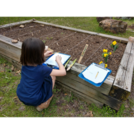
Students will measure plants and create bar graphs to compare data to actual mature plant heights.
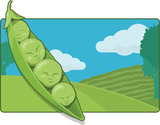
Students measure the length of a pea pod and a carrot in non-standard vegetable units (a pea seed) and discuss the advantages and disadvantages of measuring using non-standard measures. Students then practice measuring length of classroom objects to develop the skills of measurement accuracy and precision. In the outdoor garden, students measure three different fruits, vegetables, and/or herbs that are growing there. They convert their measurements between different units of measure in the metric system. For example: The tomato is 14 cm long or 140 mm long. Finally, students research the health benefits of the fruits and vegetables they measured and taste these healthy foods if they wish.

In this lesson, students will choose a feature in the outdoor classroom to measure using a selected tool (tape, ruler, or yard/meter stick). They will sketch feature and label its dimensions.
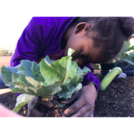
In this lesson, students will develop fluency for splitting numbers into tens and ones by applying the concept to the concrete example of leaves on plants.
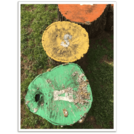
This lesson will require students to practice measuring real-world objects in different units and evaluate the most effective units to use for solving problems.

In this lesson, students will build fluency using the language of measurement by collecting data about various plants in the outdoor classroom.
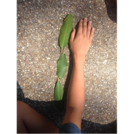
Students will use leaves to measure different plants in and around the garden.
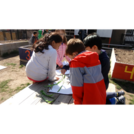
In this lesson, students will measure spaces in the outdoor classroom in metric units recorded as decimals and compare the measurements.
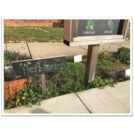
In this lesson the students will be able to demonstrate the ability to use a variety of non-standard unit of measurements to measure the length of different objects around the outdoor classroom.